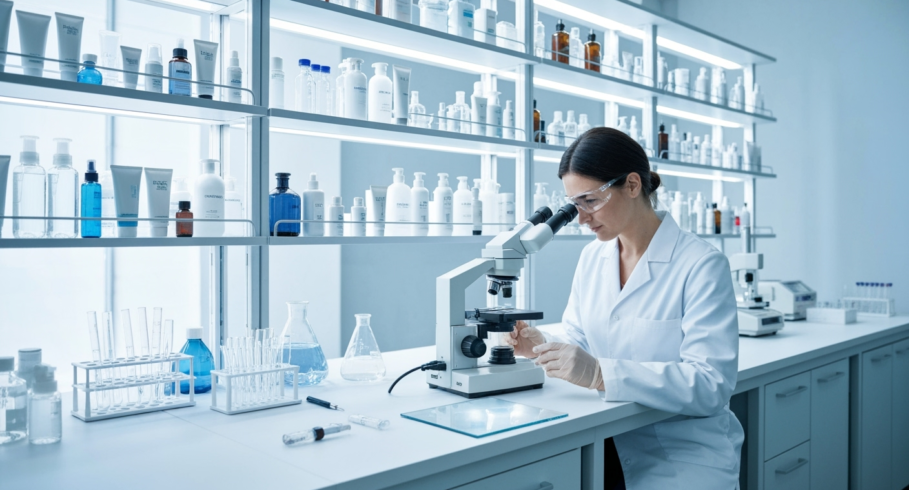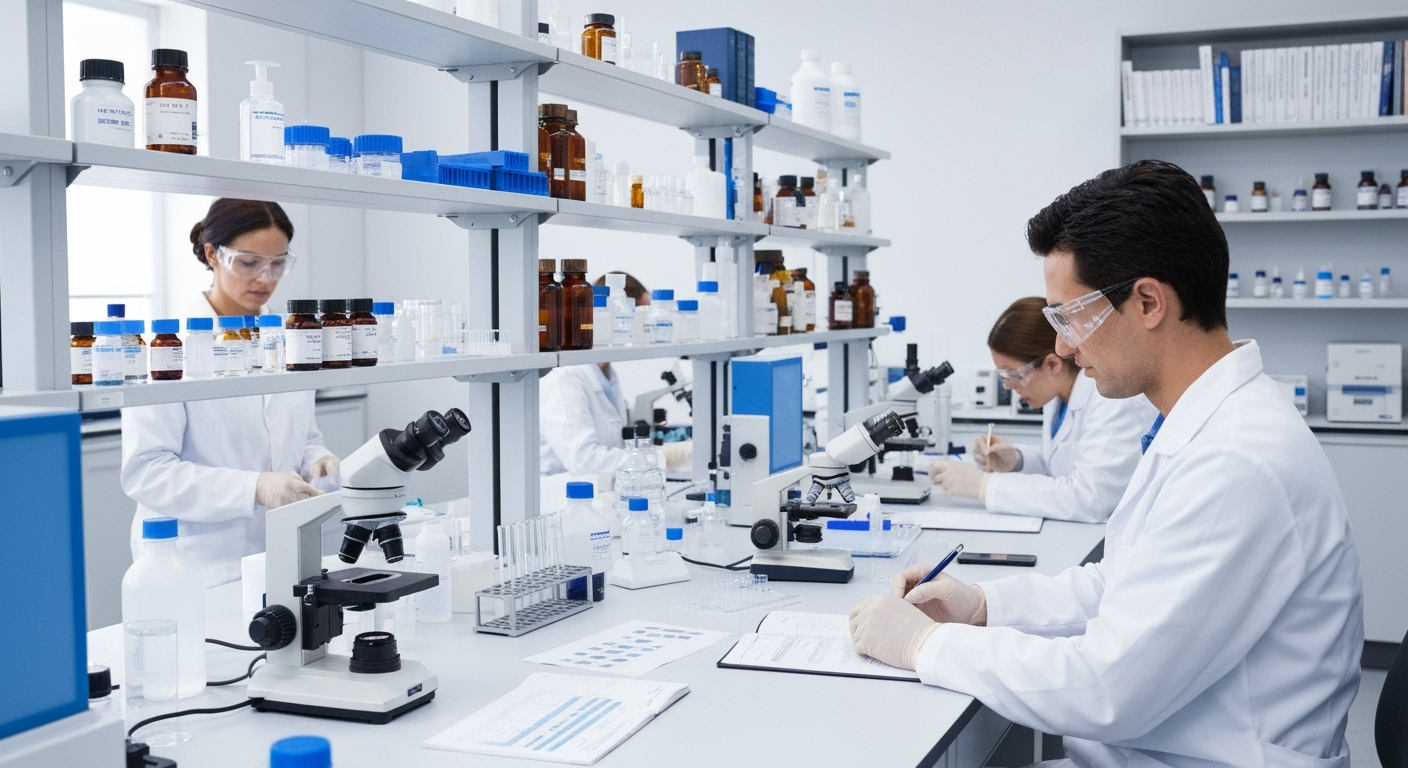
Cosmetic declarations - how does it really work?
Cosmetics in Europe is no joke. The EU has some of the toughest regulations in the world, so if something hits European shelves, you can be sure it has gone through some real legal and scientific gymnastics. But what does this actually mean for producers and us consumers? Let's find out what the world looks like cosmetic declarations from behind the scenes.
What is a must have for every cosmetic?
Let's start with the basics. Every cosmetic in the EU is subject to Regulation 1223/2009which defines a cosmetic as "any substance intended to be applied to the external parts of the body for the purpose of cleansing, perfuming, changing the appearance, protecting or keeping in good condition". Sounds simple? In practice, it means a lot of paperwork.
Responsible person - who is that?
Every cosmetic must have its "Responsible person" based in the EU. This is not any virtual entity - it is a concrete company or person who takes full legal responsibility for the product. This could be:
-
Manufacturer
-
Importer
-
Distributor
-
Designated third party
This person is actually the cosmetic 'gatekeeper' - making sure everything is legal, collecting documentation and being accountable to the authorities if something goes wrong.

PIF - the secret dossier of every cosmetic
Every cosmetic must have its "passport" - Product Information File (Product Information File) PIF). It's like a patient's medical chart, only for cosmetics. It contains five key elements:
1. product description
Who you are, what you do, who is responsible for you - the basic identity of the cosmetic.
2 Security Report (CPSR)
This is the most important part! A specially qualified expert checks that the product is safe. This is not just a formality - it is a thorough analysis of every ingredient.
3. production method
How a cosmetic is made and whether it meets Good Manufacturing Practices (GMP). It's about making sure everything is clean, controlled and reproducible.
4. evidence of what it promises
If a cream is to 'reduce wrinkles', it has to prove it. 'We think it works' is not enough.
5 Information on animal testing
Animal testing of cosmetics is banned in the EU, so here it is mainly confirmed that there was none.
All this documentation must be kept for 10 years after the last batch was placed on the market. Officials can check it at any time.
Regulation 655/2013 - a recipe for fair promises
This regulation tells how cosmetics can be advertised. It establishes six 'sacred rules':
1. Legal compliance
You can't write things that break the law. Logical, right?
2. veracity
If you wrote that there is vitamin E in the cream, it must be there. And it's there on purpose, not by accident.
3 Scientific evidence
'Clinically proven' means that someone has actually tested it. 'My aunt said it works' is not enough.
4 Integrity
You cannot pretend that someone's opinion is scientific fact. An opinion is an opinion, a study is a study.
5. justice
The consumer must not be misled. Points for obviousness.
6 Informed decisions
Information must help the consumer understand what they are buying.
Borderline products - where is a cosmetic and where is a medicine?
Sometimes it is difficult to determine whether something is a cosmetic or perhaps a medicine after all. The latest Boundary Products Manual (version 5.5 of June 2025) helps with such dilemmas.
Example: Products in ampoules or vials can be cosmetics if:
-
They serve cosmetic purposes (cleaning, perfuming, etc.).
-
They are for external use only
-
They have clear "external only" signage
-
They don't look like drugs
-
Not sold with injection needles
How does the cosmetic live up to its promises?
This is where the real fun begins! There are three main ways:
Instrumental testing
Special devices measure specific parameters:
-
Corneometer - checks skin hydration
-
Cutometer - measures elasticity and firmness
-
Primos 3D/Antera - analyses wrinkles
-
Sebometer - examines seborrhoea
-
Tewameter - checks how the skin holds water
-
Mexameter - measures discolouration
Consumer research
Real people test the product at home and fill in surveys. This results in statements such as "83% women confirm that the cream smooths wrinkles (test on 22 women for 28 days)".
See also: cosmetics research
The tests are carried out under the watchful eye of a dermatologist under controlled conditions. This is the most reliable method, but also the most expensive.
What happens when something goes wrong?
If a cosmetic causes serious health problems (hospitalisation, permanent disability, life-threatening), the Responsible Person must immediately report this to the relevant authorities. This is not optional - it is an obligation.
Who is keeping order?
In Poland, cosmetics are responsible for:
-
Controls production and safety
-
Checks the documentation
-
Assesses manufacturing conditions
-
Controls products in shops
-
Checks markings
-
Detects fakes
If something is wrong, they can:
-
Carry out a target inspection
-
Issue a warning
-
Withdraw the product from the market
-
Demand a change of composition
-
Order a label change
Cosmetic declarations is not marketing, it is science backed by law. The system may seem complicated, but with it we can be sure that what we are buying is safe and does what it promises.
The next time you see "clinically proven" or "dermatologically tested" on a cream, you can be sure that there is concrete research, documentation and legal accountability behind these words. That's a lot more than you might think!
Check out cosmetics laboratory MPR-LABS.